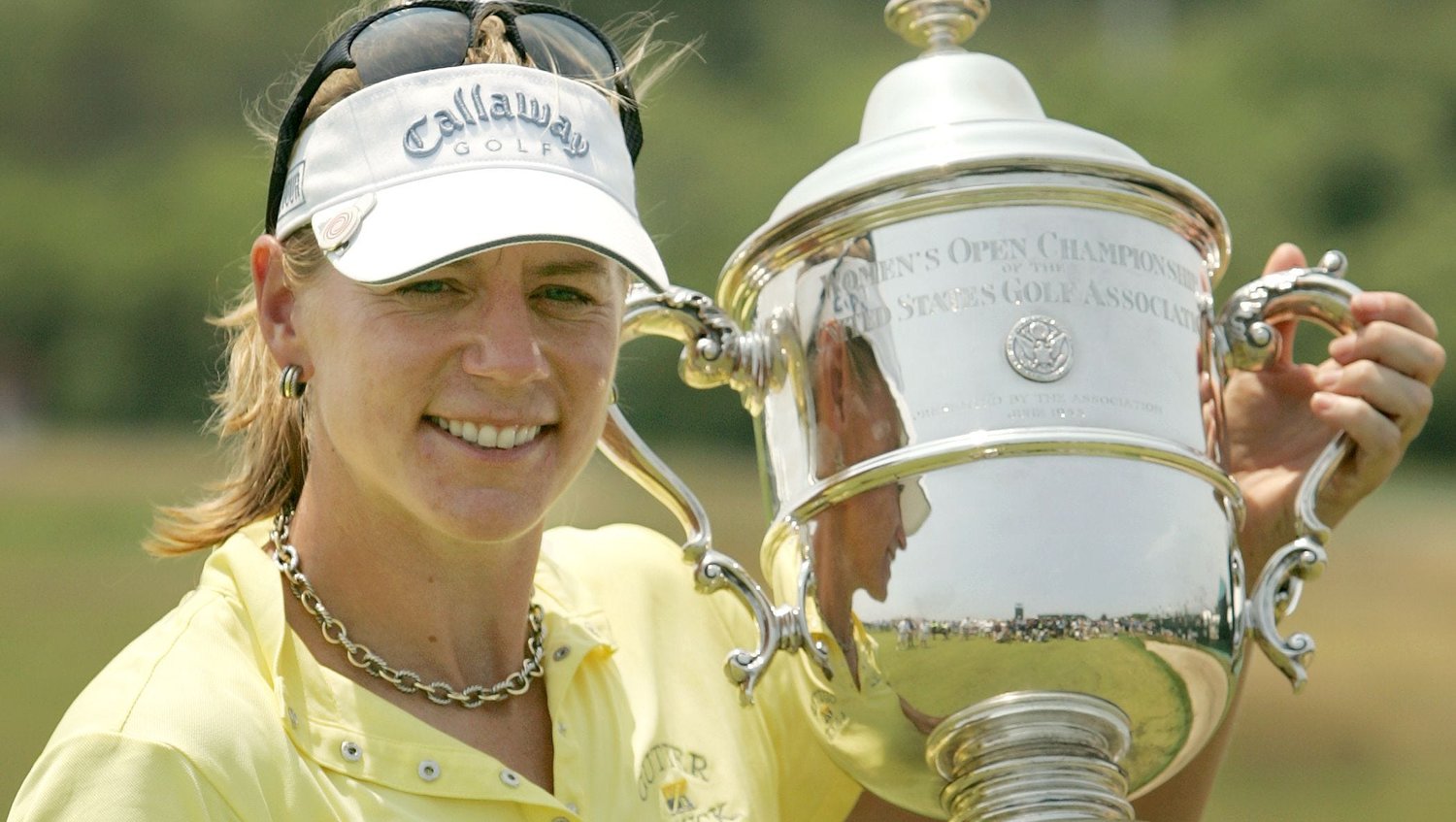Looking Back with LPGA Legend, Annika Sörenstam
The Swedish-born golf prodigy talks about her career
With 94 professional wins to her name, including 10 LPGA majors, Annika Sörenstam is one of the greatest golfers in the history of the game. Born and raised in Sweden, the athlete prodigy held the world’s No. 1 ranking for most of 2006, won multiple awards on both sides of the Atlantic, and topped the money list with career earnings of over $22 million. Annika made her splash in the U.S. at the University of Arizona when she won the 1991 individual NCAA Division I championship. She turned professional the following year and by the early 2000s, she was firing a consistent and steadfast game that averaged below 70. In 2003, she was invited to play at the PGA, the first time a woman participated in a men’s tournament since Babe Zaharias qualified in 1945. Retired today and living in Orlando, Florida, Annika keeps busy with her Foundation and various business interests. Sports History Magazine asked the Swedish golf wonder to share her story with us.
You grew up in Sweden and started playing golf at a young age. At what point did you realize that golf is your calling?
I grew up playing all sports in Sweden. Tennis was my first love, followed by downhill skiing. I didn’t pick up a golf club until I was 12, which is late by today’s standards. By the time I was 16, I knew I wanted to focus on golf and in college, I knew I wanted to play professionally.
Who were your golf heroes and heroines?
Growing up in Sweden, we didn’t get much coverage. My hero was Bjorn Borg. I saw Jack Nicklaus, Arnold Palmer, Gary Player and Tom Watson on TV. When Liselotte Neumann won the US Open, she became one of my favorites.
Your younger sister picked up the game and eventually went professional too. Were you Sweden's golf version of Venus & Serena?
We didn’t think much about it at the time, but I suppose so to a lesser extent. We both played in college, won the NCAA’s and went on to successful professional careers. She’s a great teacher now. The game has certainly been good to our family.
At the University of Arizona where you enrolled, you became the first non-American, and freshman, to win the individual 1991 NCAA Division I championship. What talents, or skills, do you think you had that overwhelmed the competition?
I think I was just consistent. My game has never been flashy. I just hit fairways and greens and try not to make mistakes.
Throughout your career, you won 94 professional tournaments, of which 10 were LPGA majors. What are some of your most memorable finishes?
I was fortunate to accomplish a lot throughout my career. My first US Open was very special, as was my last in 2006. Completing the career grand slam was special. Playing against the men at Colonial was special, and of course shooting 59. Being inducted into the LPGA and World Golf Hall of Fame I suppose was the ultimate honor.
What golf courses did you enjoy playing most?
I like traditional, tree lined courses with small greens and I also like playing links golf overseas.
Your career overlapped somewhat with that of Tiger Woods. Did you ever meet with him and exchange ideas about the game?
I used to practice with him when we were both number one. We played together in some events too. I always enjoyed our conversations about getting better physically, mentally, and on the course.
Looking back, did you have trainers, or even caddies, who you think made a difference in your performance?
I had one trainer named Kai Fusser and one swing coach named Henri Reis. I worked with them both many years and they helped me transform my game.
In 2003, you were invited to play at the PGA Tour's Bank of America's Colonial event. It was the first time a woman participated in a men's tournament since Babe Zaharias qualified for the Los Angeles Open in 1945. What prompted the invite and what was the general reaction among players and the press?
I just wanted to challenge myself against the best players in the world. I had been number one in the world for several years and I thought that playing against the men would make me better. The journey was wonderful, and I did get much better as I got comfortable being uncomfortable. The guys were 99% very positive and supportive.
Besides raw power, do you think men have a natural edge over women in the sport of golf?
They are more aggressive around the greens and on the greens. They don’t mark their short putts, they just go up and bang them in. They generate tremendous speed out of the rough and in the bunkers.
What advice do you have for young women who want to pursue golf competitively?
My ANNIKA Foundation has seven global events for junior girls. We have 600 girls per year from 60 different countries playing our events. I really enjoy seeing them and spending time answering their questions. They are great players, but our grass roots girls I just tell to have fun and find friends and encourage them to play too.
Today, you keep busy with multiple charity and business enterprises ranging from a golf academy, to fashion, wine, and golf course design. What do you enjoy most?
I enjoy everything I do. First and foremost, being a Mom and wife are my priorities. I enjoy the great work we do and lives we touch through my Foundation. I enjoy working to design and promote my clothing line, the ANNIKA Collection with Cutter & Buck. I always enjoy doing Course Design work and I’m lucky to still do a lot of corporate and sponsor days.










